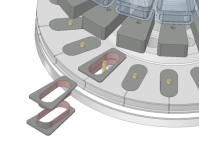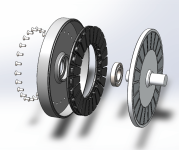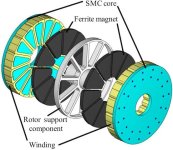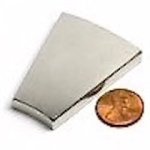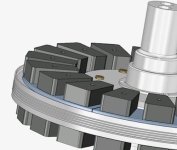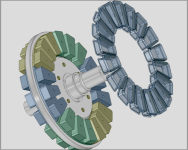major
10 kW
Hi APL,
Actually laminations are used to minimize Eddy currents, not hysteresis loss. Hysteresis is dependent on metallurgy, not shape. Eddies depend on the path and resistance of the path as well as the path orientation to the changing magnetic flux.
Eddy current and hysteresis losses are two district processes not dependent on each other or due to the same root causes, but both highly dependent on frequency and flux density.
major
Actually laminations are used to minimize Eddy currents, not hysteresis loss. Hysteresis is dependent on metallurgy, not shape. Eddies depend on the path and resistance of the path as well as the path orientation to the changing magnetic flux.
Eddy current and hysteresis losses are two district processes not dependent on each other or due to the same root causes, but both highly dependent on frequency and flux density.
major




